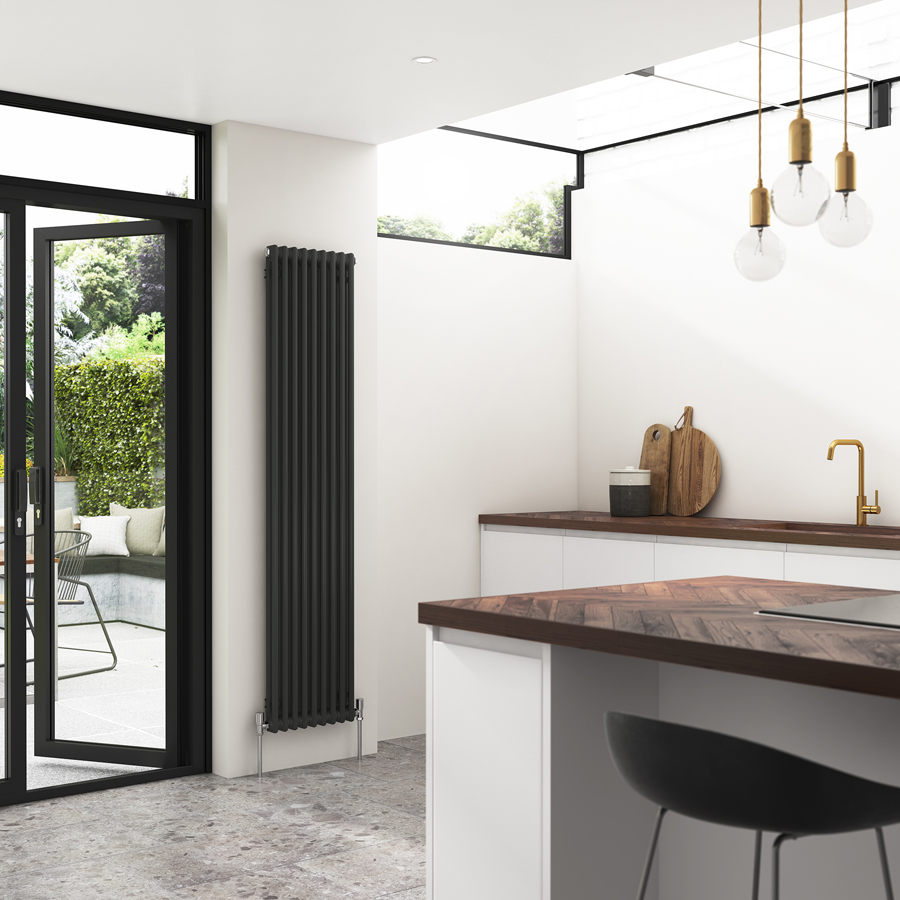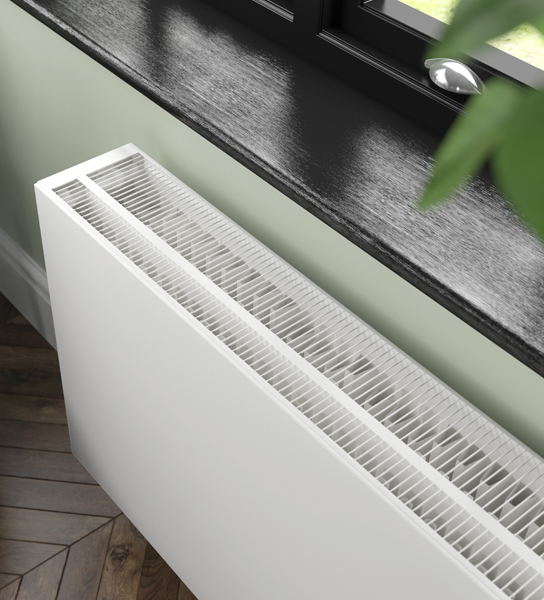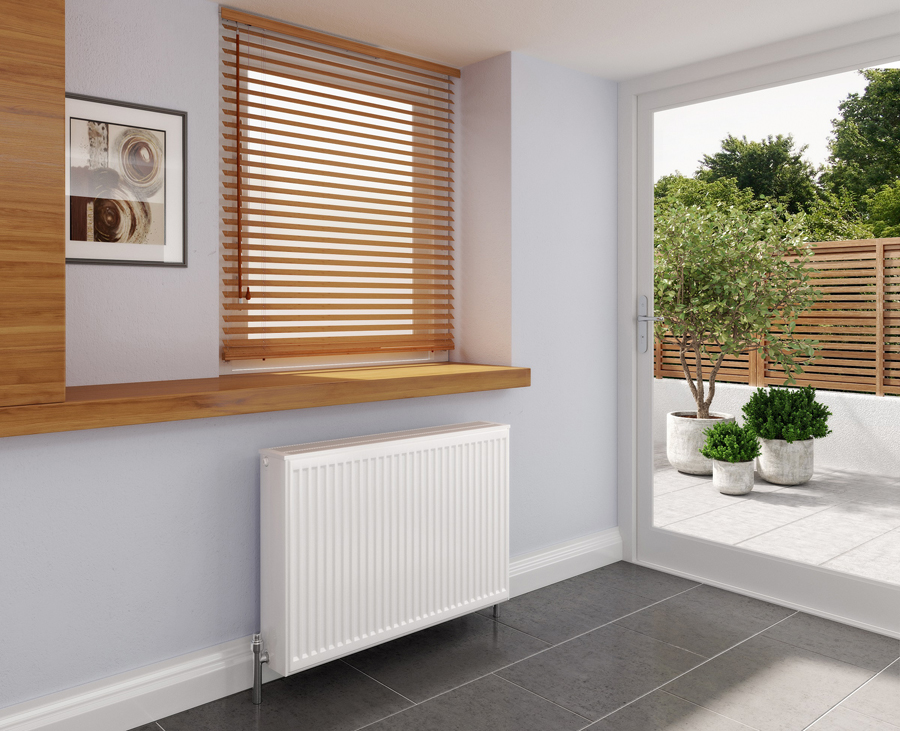– A GUIDE TO HEATING A HOME WITH HEAT EMITTERS ON LOW TEMPERATURE SYSTEMS
Stelrad has launched the latest in a series of CPD programmes designed to help people to utilise radiators in a variety of scenarios and circumstances. This latest CPD offers a guide to heating a home with heat emitters on low temperature systems, and has been fully accredited by CIBSE and RIBA.
This CPD is in response to the Government’s declaration of a climate emergency in 2019 and the need to arrest global warming. It has declared that before 2025 new building regulations will be in place that seek to remove fossil fuel from all new buildings and make all buildings ready to accept low carbon technology. The future will see the introduction of a net zero carbon emissions philosophy that are planned for publication in quarter one 2024 to be mandatory before the beginning of 2025.
A low temperature heating system operates at lower temperatures when compared to a traditional gas boiler driver heating system. Traditional gas systems operate at around 80°C whereas low temperature systems operate efficiently at between 45 and 50°C.
Stelrad is future proofing its radiators for the future and they know that in well insulated homes, if sized properly, their radiators are ‘fit for the future’ as they move into a phase where renewable heating systems are set to take over and replace traditional boiler driven heating systems. This is the case in all new and an increasing number of older homes needing replacement heating systems with radiators still the way to share heat around the home.
Stelrad has added a number of new radiators to its portfolio specifically to prepare for the increased needs of radiators fitted on renewable systems – with a number of larger models in all their key radiator models in recognition of the fact that for many homes larger radiators will be needed to cater for the lower circulating temperatures associated with renewable, in particular heat pump driven systems.
These larger K3 models – providing three panels and three fins as opposed to the more traditional K1 and K2 formats here in the UK. K3s have been common in Europe for many years but have only been growing in popularity here in the UK in the last two or three years. Stelrad recently launched K3 versions of its Planar, Elite and Compact with Style designs to add to the already popular K3 Compact radiators that have been selling well in the UK in recent years.
In addition to manufacturing larger radiators, Stelrad is also manufacturing and adding significantly to its range of vertical radiators which provide for larger radiators but in a vertical format as opposed to the traditional horizontal radiators. These have a smaller radiator footprint but manage to provide a larger metal surface area for the heat generated by the system to warm the air drawn up behind the radiators to heat the rooms in which they are found.
“This latest CPD addresses the issues related to radiators and low temperature renewable heating systems,” says Stelrad’s Chris Harvey. “We know that the key to selecting radiators that are right for the homes in which they are installed is to size them properly for each room and we still have the most popular Heat Loss Calculator and Radiator Sizing Software in the UK – available free from our website – both a simple to use basic version and a more complex version that can respond to more comprehensive calculation. You simply input the size of the room, the size and number of windows and doors, the materials used in the building and the software will direct you to the right number of BTUs you need to adequately heat that room and suggest radiators from our range that will meet those needs. As with traditional boiler driven systems, it is very important to size renewable heating systems correctly. We know that there has been a tendency to oversize radiators rather than calculating what was needed in homes for a long while, seeing many radiators never actually achieving the heat output they are capable of. We are suggesting that after taking this latest CPD, it will be clear that correct sizing is valuable not simply to ensure the radiators are the right size for each room but as importantly, you don’t spend more on a radiator than you need to, to end up with an oversized radiator in each room.
“As well as saving money by having the right sized radiators to provide the levels of heat you need in a home, you will save money by buying the right sized radiators rather than spending more on larger radiators that you don’t actually need.”
To find out more about Stelrad CPD’s seminars, and how you can be involved in these presentations online, please contact the CPD Co-ordinator, Stelrad Radiators by calling 01709 578950 or by emailing info@stelrad.com.


















